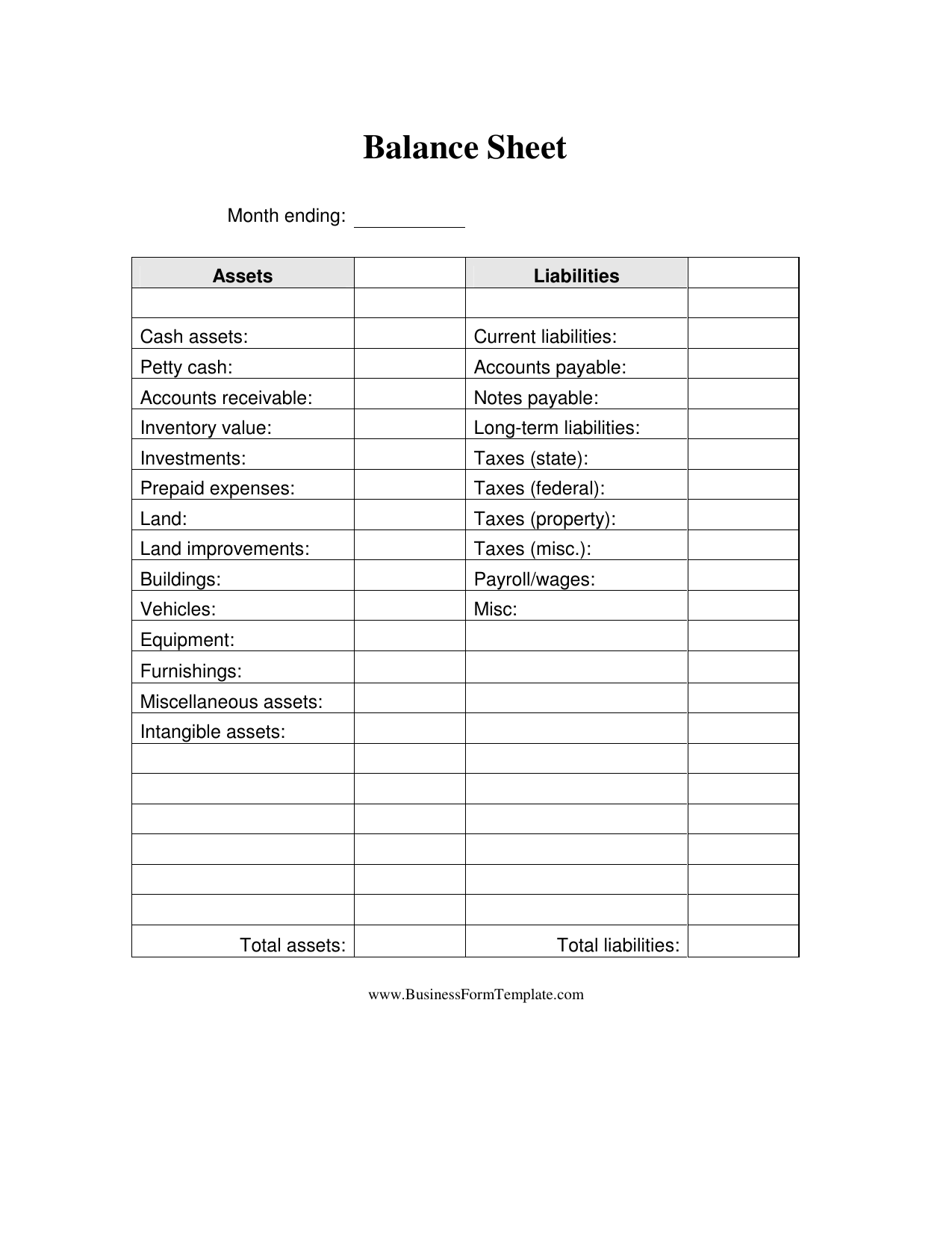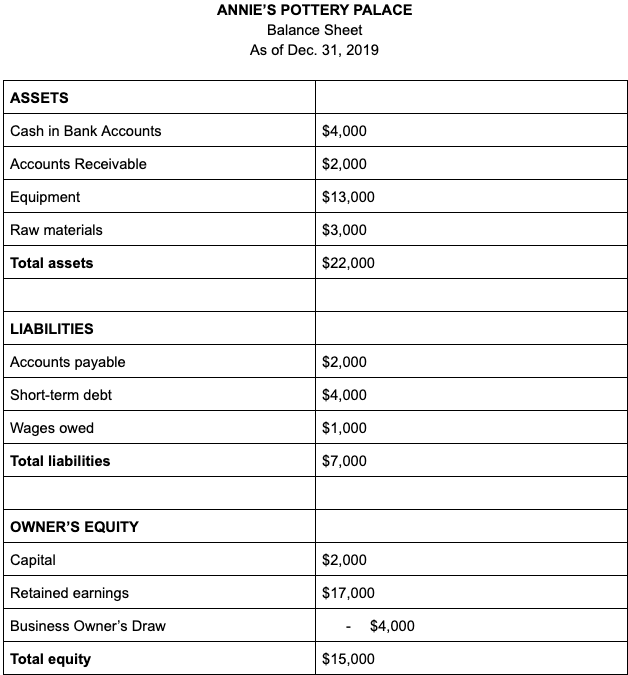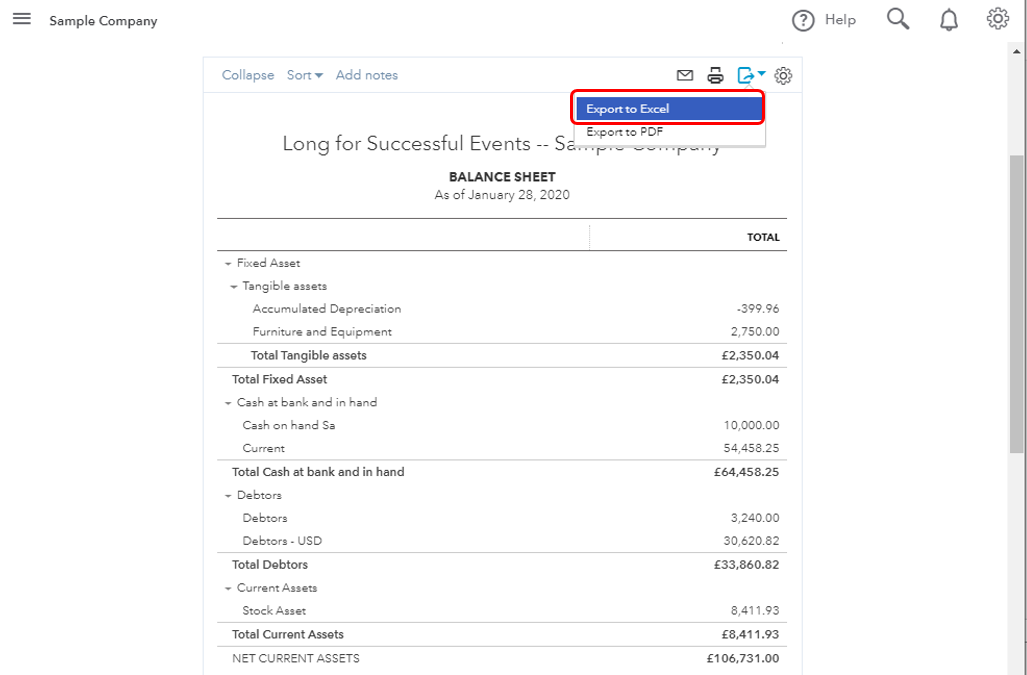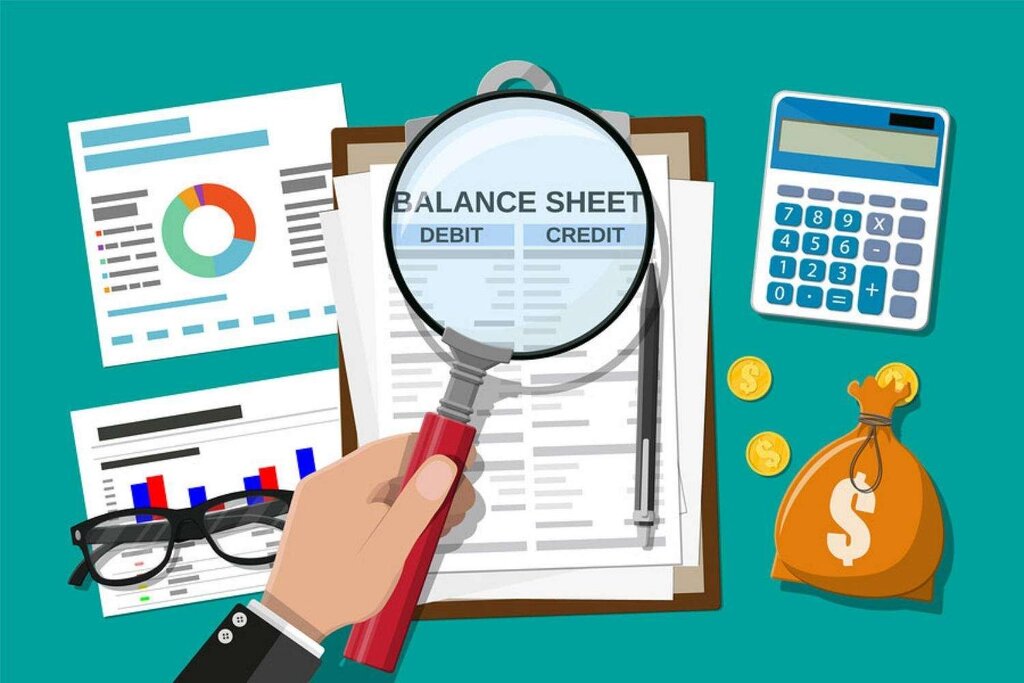Real Tips About The Balance Sheet Is Frequently Referred To As Prepaid Expenses Cash Flow Direct Method

The statement of financial position.
The balance sheet is frequently referred to as. The balance sheet (also referred to as the statement of financial position) discloses what an entity owns (assets) and what it owes (liabilities) at a specific point in. The statement of cash flows. Also referred to as the statement of financial position, a company's balance sheet provides information on what the company is worth from a.
The balance sheet, like a report card, is a financial snapshot that provides a clear image of an individual’s or. A balance sheet includes a summary of a business’s assets, liabilities, and capital. 3) the statement of financial position.
The balance sheet is frequently referred to as: Learn what a balance sheet should include and how to create your own. A balance sheet is often referred to as a statement of financial position and helps declare the assets, liabilities, and shareholder equities related to the company.
The balance sheet. When you are analyzing and interpreting the balance sheet of a business one of the most useful tools is known as the common size balance sheet. Employees, for example, are frequently referred to as a company's biggest asset, yet in terms of accounting, corporations have little control over them—employees can readily.
Also referred to as a “statement of financial position”, a balance sheet reflects the value of a business or corporation. It is an exhibit that consists of assets,. A balance sheet should always balance.
4) the statement of cash. The balance sheet is frequently referred to as the statement of financial position students also viewed unit 4 quiz 12 terms A company's financial statements — balance sheet, income, and cash flow statements —are a key source of data for analyzing the investment value of its stock.
The balance sheet is frequently referred to as 1) the statement of owner's equity. A balance sheet or a statement of financial position indicates the intricate details of assets, liabilities, and equity, empowering stakeholders to gauge the.



:max_bytes(150000):strip_icc()/dotdash_Final_Balance_Sheet_Aug_2020-01-4cad5e9866c247f2b165c4d9d4f7afb7.jpg)














